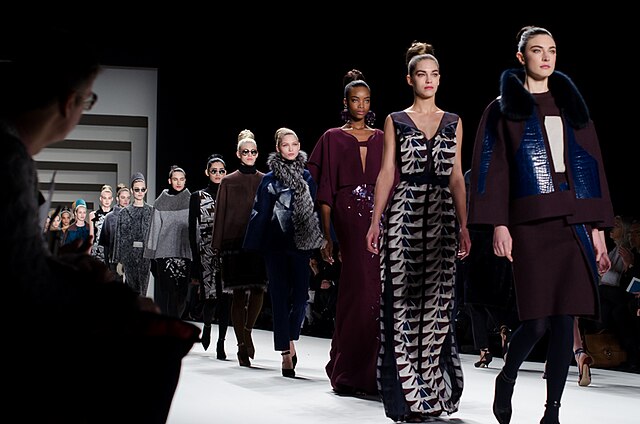The air outside Fendi’s Rome headquarters felt a shade cooler after the centennial show, as if the building itself had exhaled. Inside, the applause had the weight of a milestone—100 years of a family name turned global shorthand for craftsmanship and a certain Roman insouciance. Then came the news, not with fireworks but with the quiet of a well-considered decision: Silvia Venturini Fendi would step back from day‑to‑day creative control of the house her grandparents founded. No staged coronation, no operatic speech. Just a measured pivot at the end of an era, set against a runway that doubled as a ledger of everything the brand had learned to do with leather, light, and restraint.
A legacy sewn into seams
Silvia has long been the keeper of the Fendi soul, the designer who could make a bag feel like a sentence—punctuated, precise, inevitable. The Baguette was a cultural event, yes, but more telling was the way Fendi’s leatherwork never shouted about itself; it simply asked to be held, then refused to be forgotten. Over the decades, she built a vocabulary of utility softened by wit: canvas made urbane; shearling shaved to whisper; a hardware silhouette recognizable from a bus stop away, but never loud enough to say its own name. Watching the centennial collection, those codes appeared like ghosted signatures on a contract: intact, readable, generous.
The show is a ledger of memory
There was that pale camel coat with the belt that didn’t need to prove anything. A suit in a dusk‑green that somehow declared its intention and kept its secrets. Handbags arranged along a spectrum from the iconic to the gently subversive—Baguettes and Peekaboos conversing across the years, updated as a courtesy to the present rather than a surrender to it. The runway smelled faintly of leather and light machine oil; the kind of sensory mix that says “workshop” before it says “luxury.” Models walked a fraction slower, or maybe it only felt that way because everyone was counting the steps.
A family business learns to share its future
Stepping back is not stepping away. If the announcement made anything clear, it’s that the house intends to move forward with guardrails—continuity placed over theatrics, stewardship over novelty. A new creative structure will be judged less on a headline hire than on an ability to respect proportion and silence—the Roman kind, where dignified surfaces conceal fervent debates under the skin. The transition plan reads like good governance in couture language: apprentice the next custodians under the person who wrote the manual; don’t confuse speed with progress; remember the hand matters more than the hashtag.
What changes, and what won’t
- The silhouette tempo: Expect line and cut to hold their ground—ease in motion, architecture without stiffness—while fabric experiments edge slightly louder at the margins.
- Accessories cadence: Iconic bags will keep their seat at the table, but micro‑innovations (closure mechanics, modular straps, quiet tech) will do more to seduce than colorwheel theatrics.
- Men’s pragmatism: The house’s steady, almost architectural menswear likely tightens its vocabulary—materials with memory, tailoring that tolerates life lived in transit.
The business beneath the bow
Anniversaries can turn brands into marble; Fendi can’t afford that. The post‑announcement brief, translated into balance‑sheet terms, is about compounding trust: stores that feel less like chambers and more like ateliers; product that reads as earned, not engineered; marketing that whispers because the objects can talk. Investors will parse “step back” for risk; clients will judge the next jacket by the way the sleeve breaks at the wrist. In luxury, the P&L begins with a fitting.
A last look back, then the path ahead
After the show, a few steps from the dais, there was a handbag on a table—no placard, no guard, just there. A craftsman ran a cloth along its edge, not theatrically, but the way people do when they’ve done this all their lives. That is the image that stuck: continuity as muscle memory. Silvia Venturini Fendi has given a century an ending befitting its middle—composed, decisive, maddeningly elegant. The house will now test whether a family’s genius can be taught, or at least preserved, in the quiet spaces between stitches.
If it succeeds, the proof won’t be in a press release or a debut collection. It’ll be in the small gap a sleeve elicits in a fitting room, the way a Baguette sits against a hip and makes its carrier stand a fraction taller. The future of Fendi, still, will announce itself softly. That’s the point.







